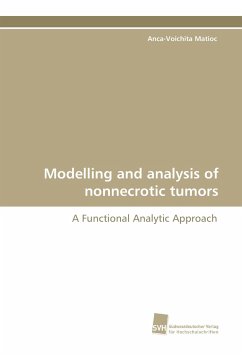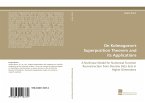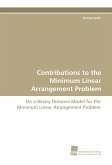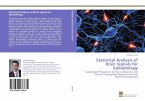Modelling and simulation of tumor growth is one of the challenging frontiers of applied mathematics. We study in this work a mathematical model for the growth of nonnecrotic tumors in different regimes of vascularisation. The tumor is treated as an incompressible fluid, tissue elasticity is neglected, and the mathematical model is a moving boundary problem. In the radially symmetric case we establish the existence of a unique radially symmetric stationary solution and show, that if the initial tumor is radially symmetric, there exists a unique radially symmetric solution of the problem, which exists for all times. The asymptotic behaviour of this solution it is also discussed. If we consider star-shaped initial tumor domains, we can re-express the mathematical model as an abstract evolution equation. Using general results for parabolic equations we prove the well-posedness of the model. The stability properties of the radially symmetric equilibrium are studied using the principleof linearised stability . Finally, we show, via a bifurcation argument, that there exist also other stationary solutions of the problem, which are no longer radially symmetric.







